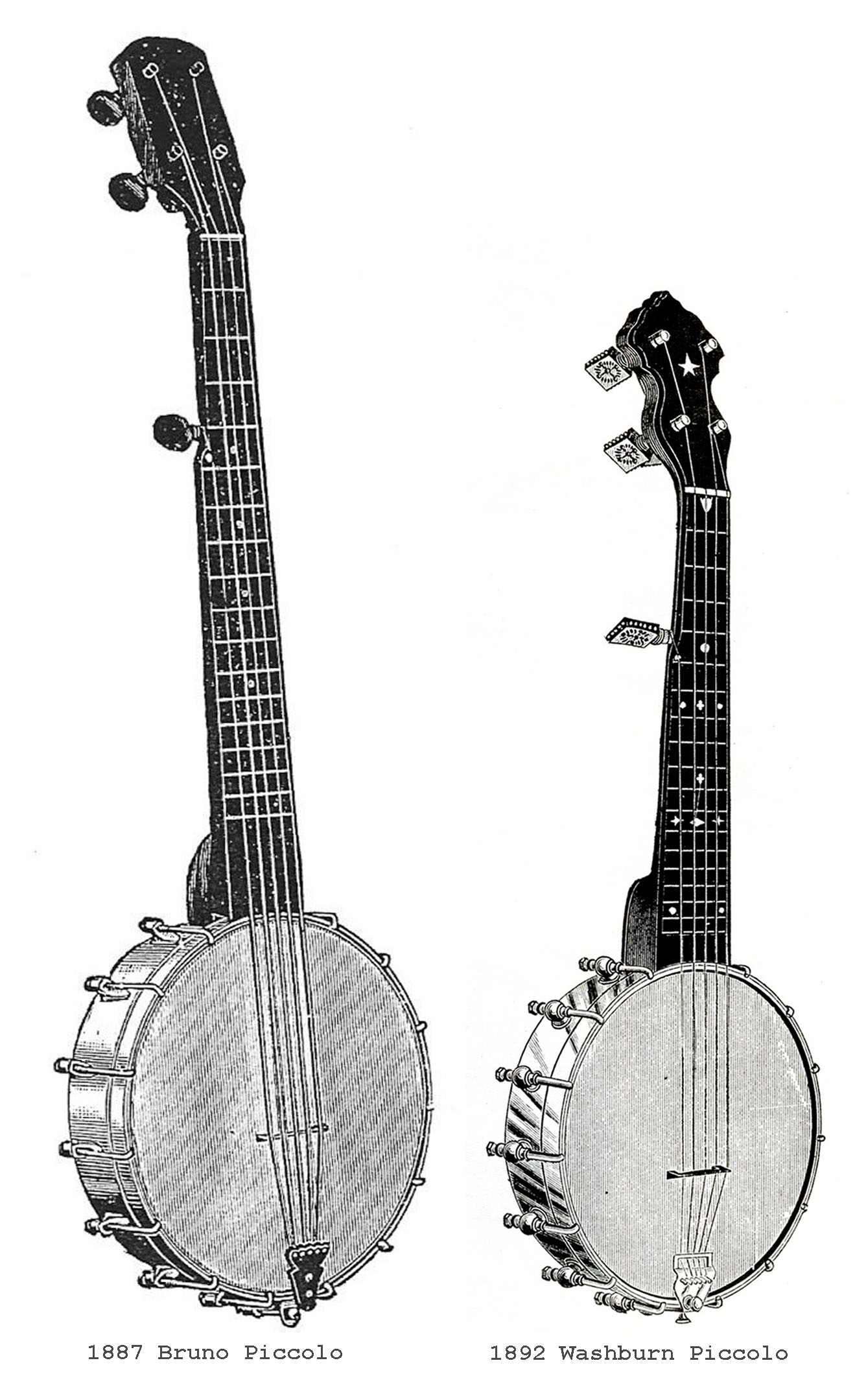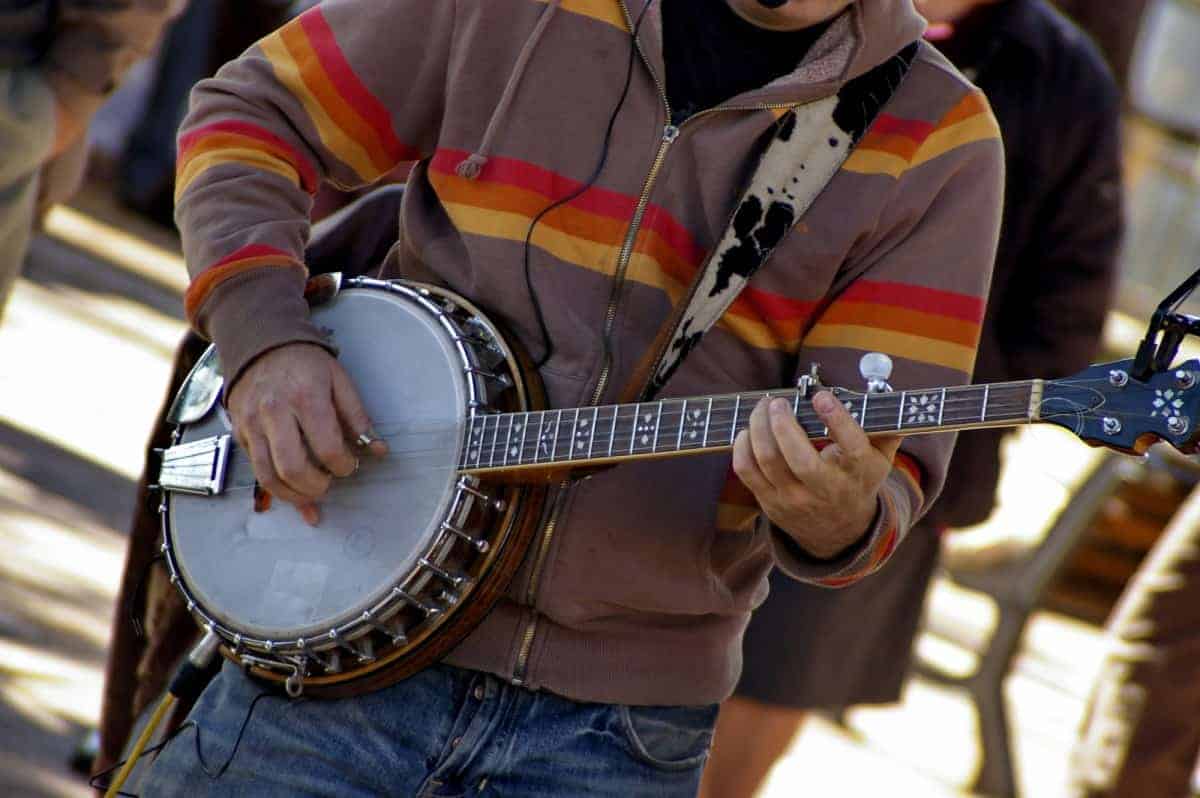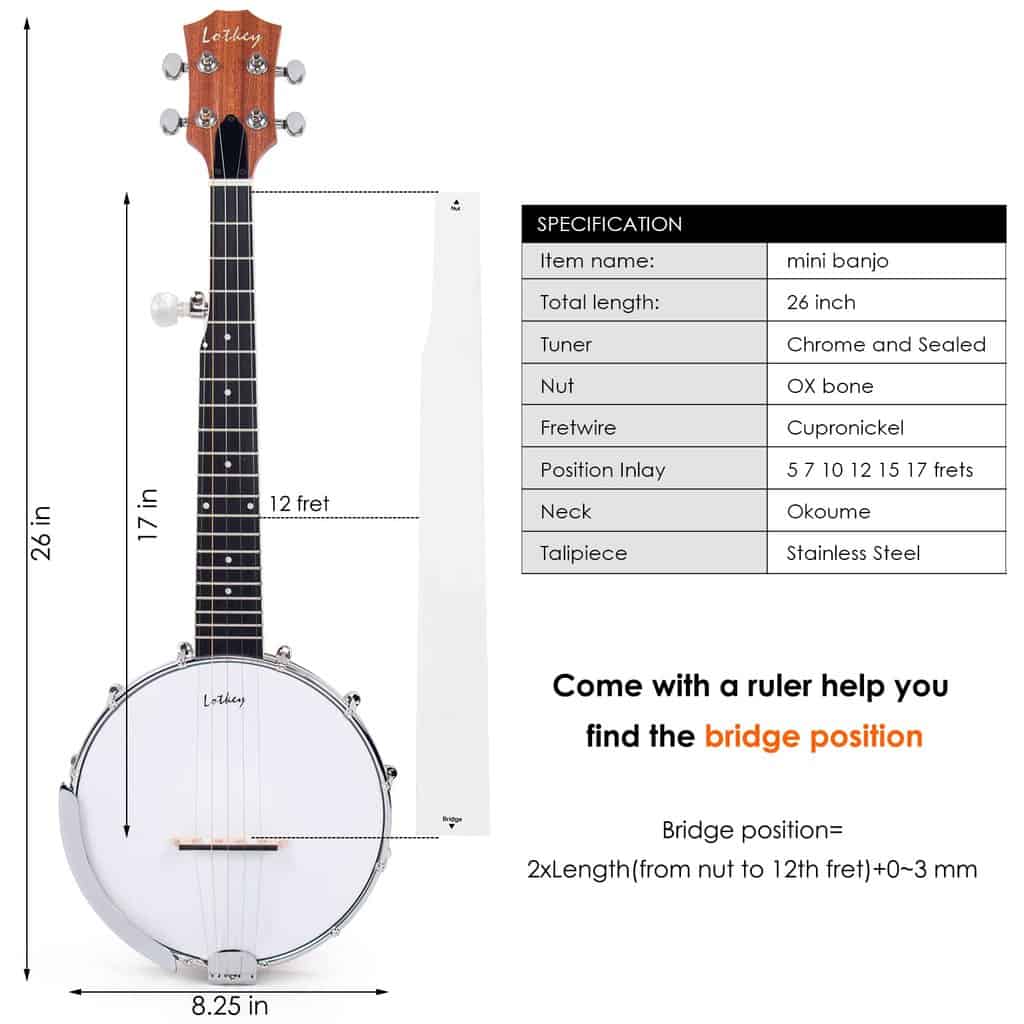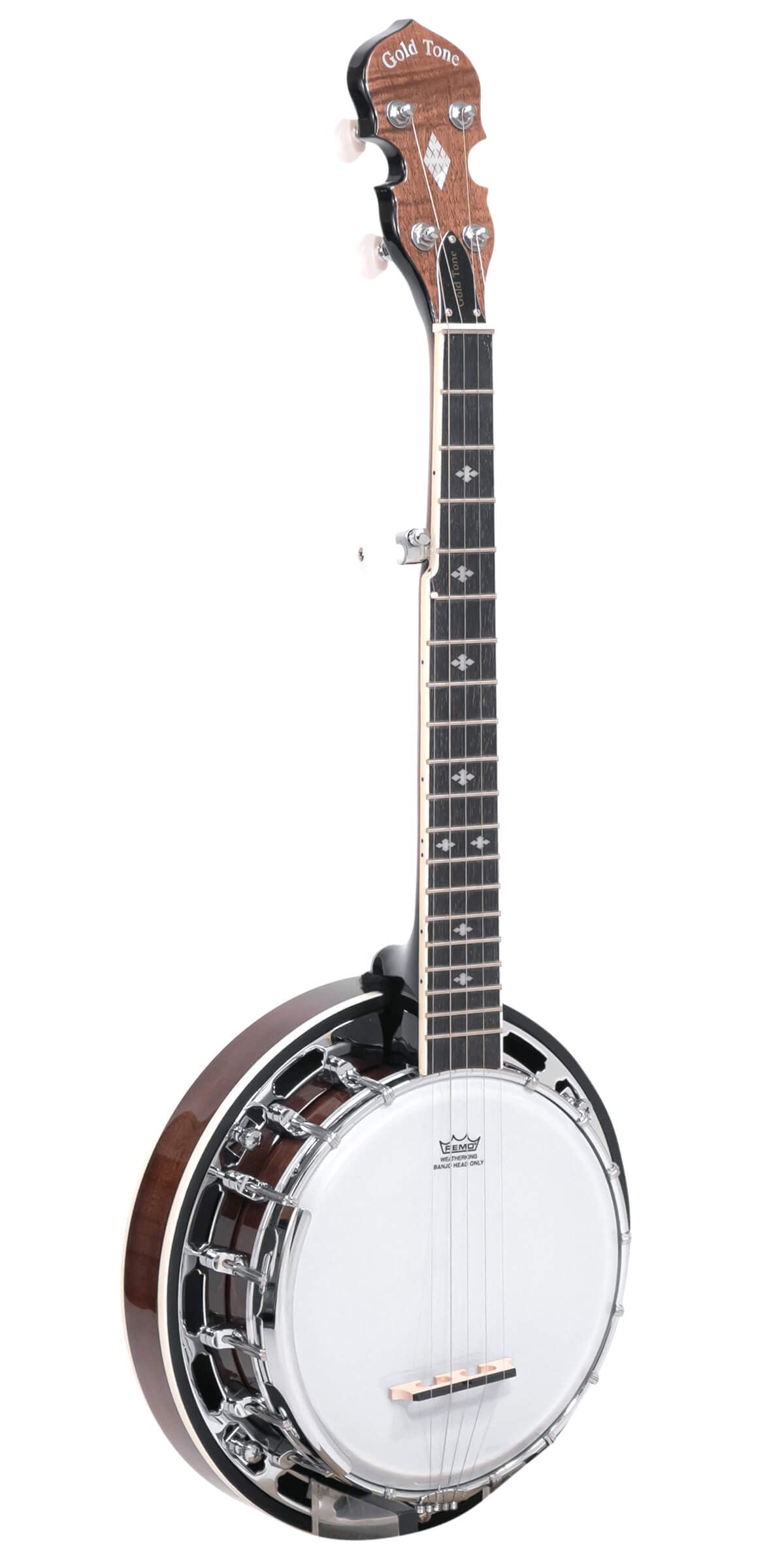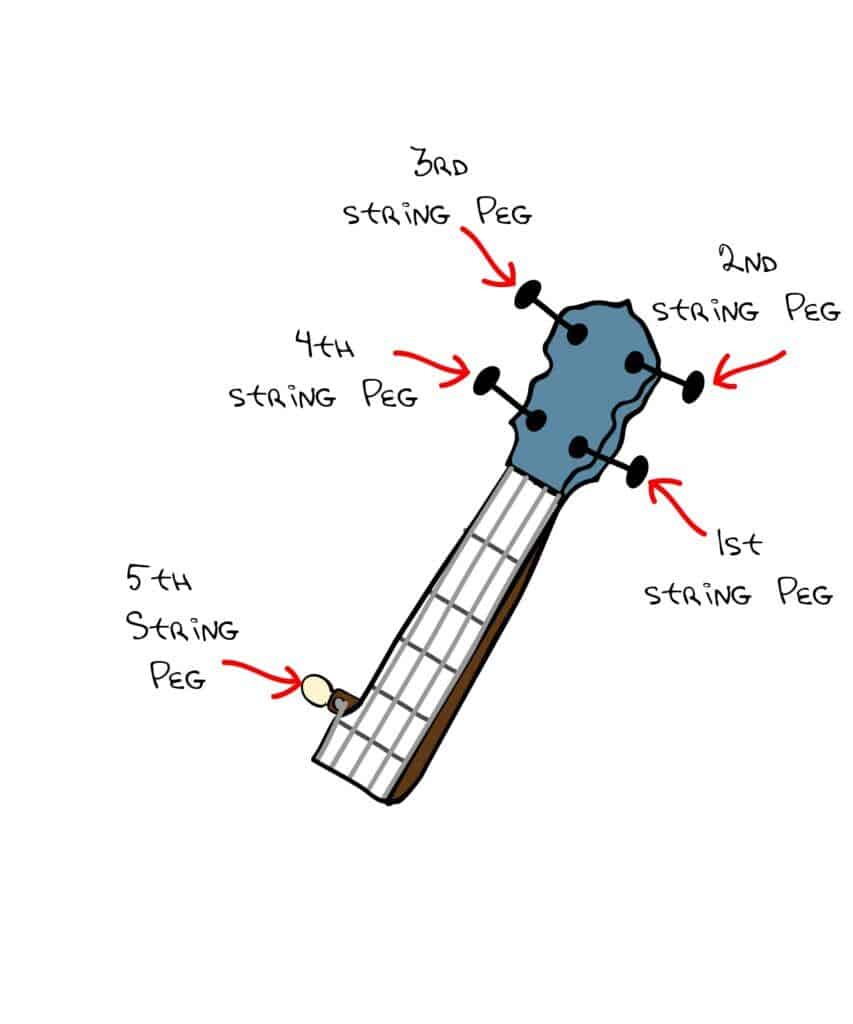The banjo is a stringed instrument with a rich history, originating from Africa and evolving in the United States. It is known for its unique sound and has been a staple in various forms of music, including bluegrass, folk, and country. But what about a small banjo? What is it called, and how does it differ from a standard banjo? In this article, we will explore the world of small banjos, their names, uses, and the different types available.
What is a Small Banjo?
A small banjo is also known as a piccolo banjo or banjulele. It is a four-stringed instrument, similar to a ukulele, that produces a bright, cheerful sound. The small banjo has a smaller body and neck than a standard banjo, making it more portable and easier to play for beginners.
History of the Small Banjo
The small banjo has its roots in the early 20th century when musicians began experimenting with different sizes and shapes of banjos. The piccolo banjo was developed as a novelty instrument and gained popularity in vaudeville and minstrel shows. The banjulele, on the other hand, was created in the 1920s by attaching a banjo-style head to a ukulele body.
Construction of a Small Banjo
A small banjo typically has a wooden body, similar to a ukulele, with a banjo-style head made of plastic or animal skin. The neck is also made of wood and has four strings, usually made of nylon or gut. The tuning pegs are located on the head of the instrument, and the bridge is situated in the middle of the head.
Playing a Small Banjo
Playing a small banjo is similar to playing a ukulele. The instrument is held in the same position, and the strings are plucked with the fingers or a pick. Chords are formed by pressing down on the strings with the fingers, and melodies are played by plucking individual strings.
Types of Small Banjos
There are two main types of small banjos: the piccolo banjo and the banjulele. The piccolo banjo has a more traditional banjo shape, with a round body and a longer neck. The banjulele, on the other hand, has a more ukulele-like shape, with a smaller, rectangular body and a shorter neck.
Uses of Small Banjos
Small banjos are often used in folk, bluegrass, and country music, as well as in Hawaiian and Polynesian music. They are also popular in jazz and pop music, where their bright, cheerful sound adds a unique touch to songs.
Benefits of Playing a Small Banjo
There are several benefits to playing a small banjo, including its portability, affordability, and ease of use. Small banjos are also great for beginners, as they have fewer strings than standard banjos and are easier to hold and play. Additionally, small banjos are a fun and unique instrument that can add a new dimension to any musician’s repertoire.
Famous Small Banjo Players
Despite its smaller size, the small banjo has been played by several famous musicians, including George Formby, a British music hall performer known for his comedic songs and performances on the banjulele. Other notable small banjo players include Eddie Peabody, a jazz musician who played the piccolo banjo, and Roy Smeck, a vaudeville performer who played both the piccolo banjo and banjulele.
Where to Buy a Small Banjo
Small banjos can be found in most music stores, as well as online retailers. When purchasing a small banjo, it is important to consider the quality of the materials, the sound of the instrument, and the price. It is also recommended to read reviews and compare different models before making a decision.
Curious about banjos and their unique features? Learn more about what a banjo is made of, different types of banjo strings, the role of a harmonica player, the plectrum banjo, and the tenor banjo. Explore the fascinating world of banjos and music!
Conclusion
In conclusion, a small banjo, also known as a piccolo banjo or banjulele, is a unique and fun instrument that is perfect for beginners and experienced musicians alike. Its bright, cheerful sound and portable size make it a great addition to any musician’s collection. Whether you’re a fan of folk, bluegrass, or pop music, a small banjo is a versatile and affordable instrument that can bring a new dimension to your playing. So why not give it a try and discover the joy of playing a small banjo?

